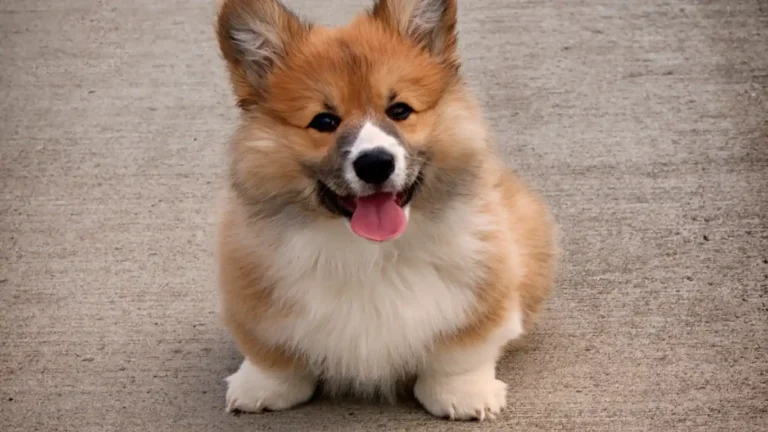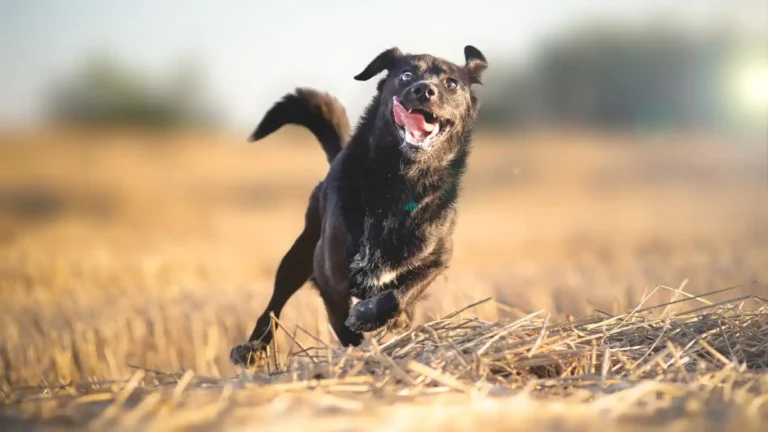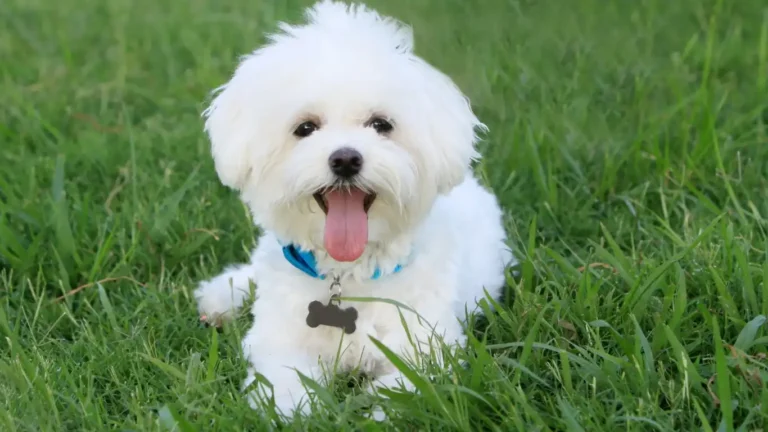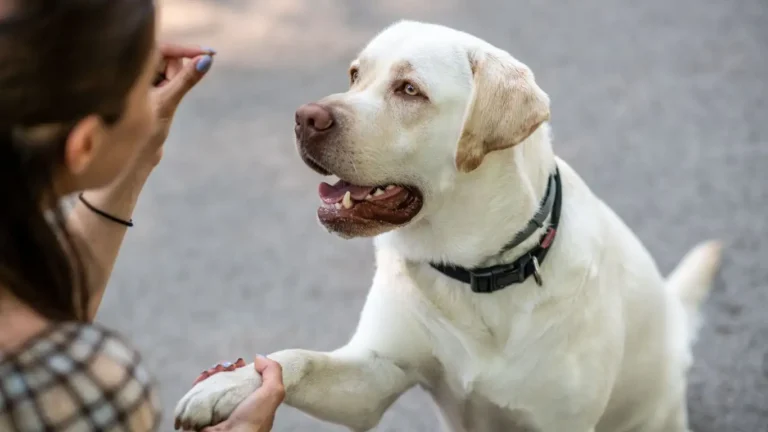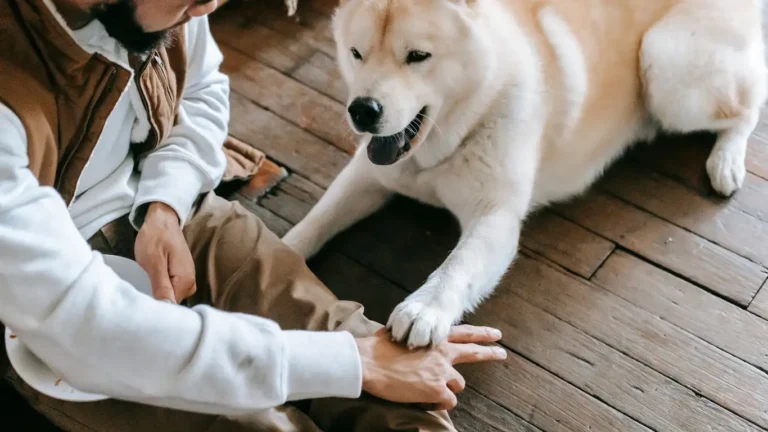Proven Ways to Teach Your Dog to Stay Calm During Scary Storms
Let’s be honest—storms can be downright terrifying for some dogs. I’ve had countless clients come into the clinic in total distress, telling me their pup has shredded a couch, burrowed into a closet, or worse, tried to escape during a thunderstorm. If you’re here, you’re probably wondering how to teach your dog to stay calm during storms. Been there, done that—both professionally and personally. And trust me, there’s hope. With the right steps and a little patience, you can help your furry best friend feel safer when the sky gets loud and scary.
Why Storms Freak Dogs Out (And Why It’s Not Just the Thunder)
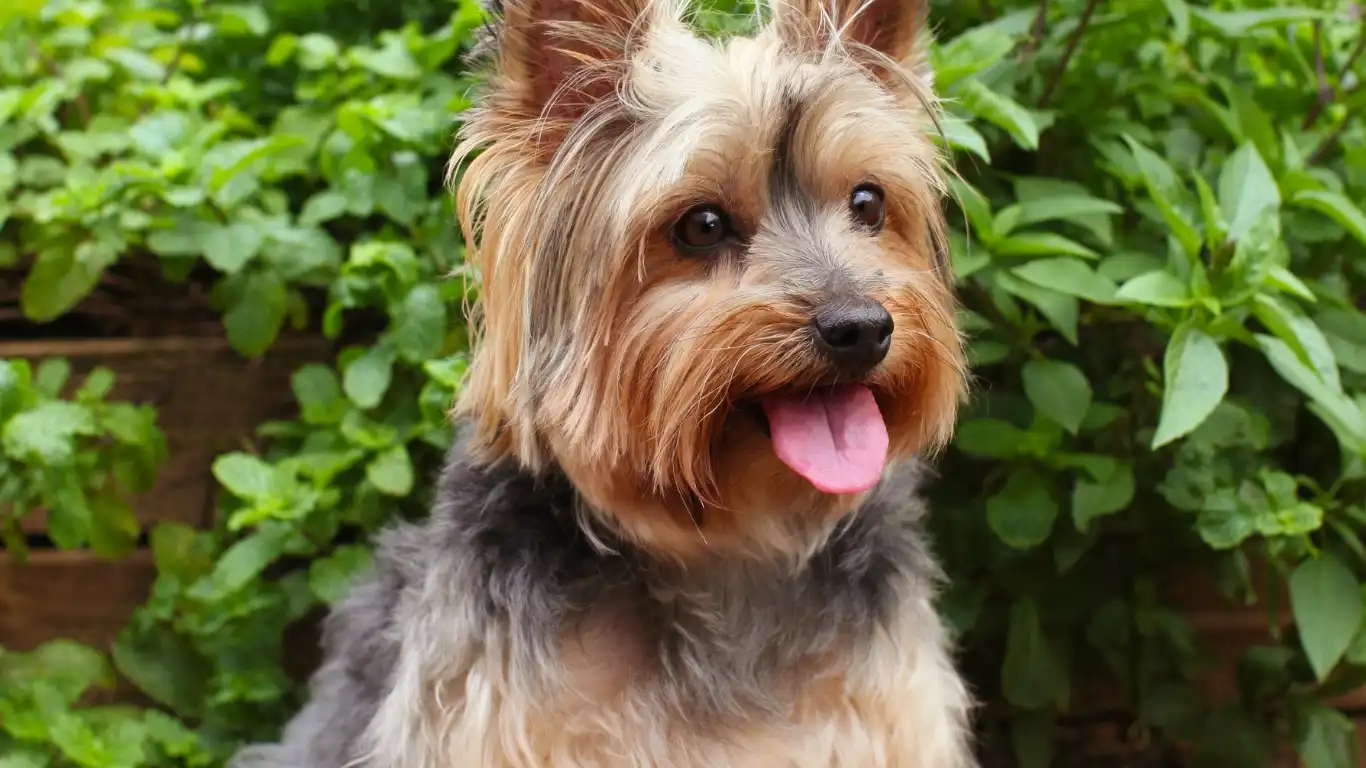
Most people think it’s just the thunder, but storm anxiety in dogs is usually a combination of things—the booming sounds, flashing lights, changes in barometric pressure, and even the electric charge in the air. I remember one little guy, Max, a Jack Russell with the energy of five toddlers, who could sense a storm coming an hour before the first raindrop. He’d start panting, pacing, even drooling long before thunder ever rolled in. Dogs like Max aren’t just being dramatic—it’s a real fear response.
Common Signs Your Dog is Scared of Storms
Before you can help your dog, it’s important to recognize how they express their fear. Some signs are obvious, while others can fly under the radar.
- Shaking or trembling
- Pacing or restlessness
- Hiding in tight spaces (bathroom, under furniture)
- Whining, barking, or howling
- Destructive behavior (chewing, digging, scratching doors)
- Loss of bladder or bowel control
- Clinginess or constant following
If your dog shows one or more of these, don’t worry—you’re not alone. At the clinic, we see storm anxiety all the time, and it’s one of the most treatable behavioral issues out there.
Understanding Your Dog’s Fear Response
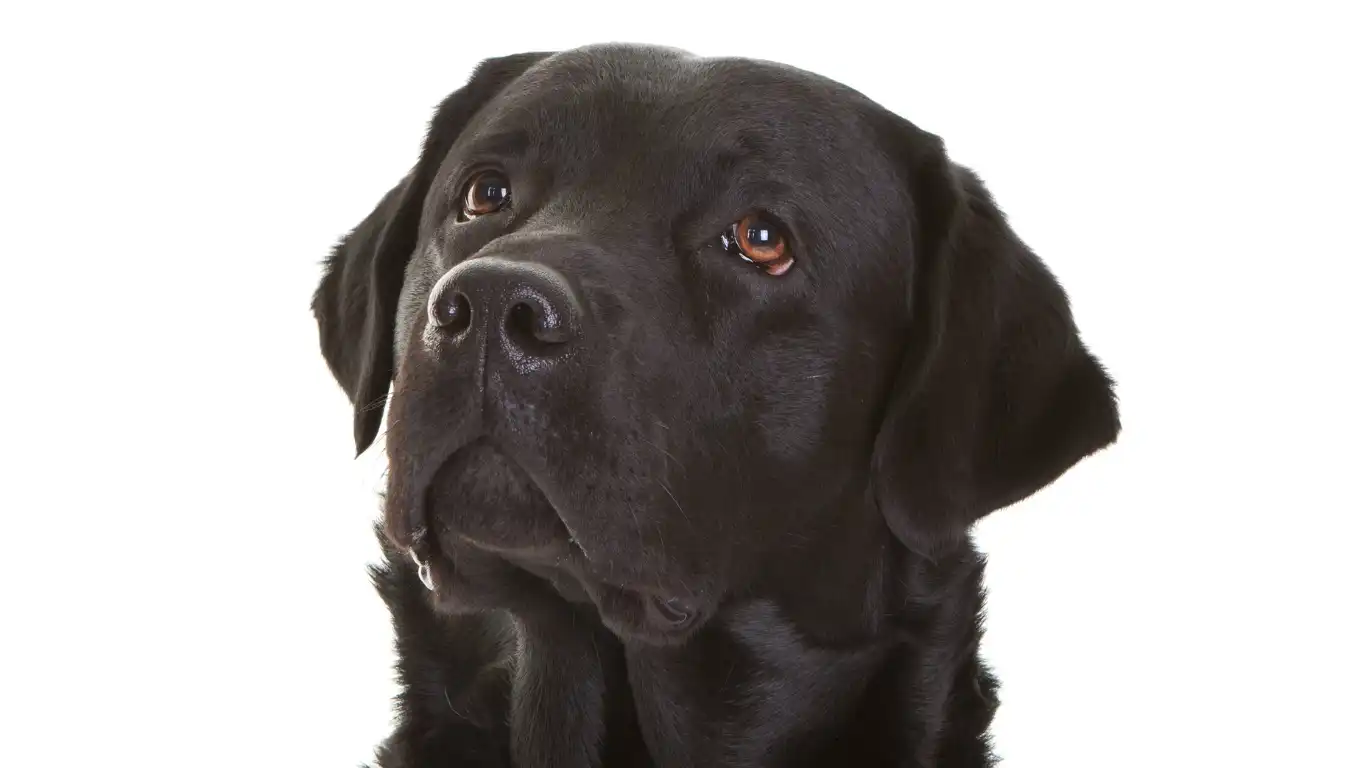
To really get to the heart of how to teach your dog to stay calm during storms, it helps to understand what’s going on inside their brain. Dogs don’t rationalize the way we do—they’re reacting to perceived danger. When they hear thunder or see lightning, their instinct kicks in, telling them “get safe, now!”
Some dogs, especially breeds that were historically bred to be watchdogs or herders (like German Shepherds or Border Collies), can be extra sensitive to environmental changes. Combine that with a traumatic past or lack of exposure during puppyhood, and you’ve got a dog that’s hardwired to panic when the weather turns.
Can You Desensitize a Storm-Anxious Dog?
Yes, you absolutely can. And I’ve helped lots of pet parents do exactly that. Think of it like helping your dog build emotional muscle. The more we guide them through the fear, the stronger and calmer they become. But it takes time and consistency—this isn’t a quick fix.
- Start Small: Use audio recordings of storms at low volume during calm playtimes or mealtimes.
- Pair Storm Sounds With Positive Stuff: Treats, toys, gentle massages—you name it.
- Gradually Increase Volume: Over several days or weeks, depending on your dog’s reaction.
It’s not just about “getting them used to it”—it’s about reshaping the entire emotional experience. Instead of storm = scary, we want storm = snack time!
Safe Spaces and Comfort Tools

In my years working as a Vet Tech, one of the most effective (and often overlooked) strategies is creating a safe zone your dog can retreat to. It should be quiet, cozy, and ideally away from windows. Think of it like their personal storm bunker.
What Makes a Good Storm Safe Zone?
- A covered crate with soft bedding
- Favorite toys or comfort items
- Classical or white noise playing softly
- Dim lighting or blackout curtains
- A shirt or blanket that smells like you
I had a senior Lab named Daisy who was absolutely terrified of storms. We set up a corner of the laundry room just for her, complete with a Thundershirt and a lavender-scented diffuser (yep, some calming scents really do help). Within weeks, that space became her go-to spot—not just for storms, but whenever she needed to chill out.
Training Techniques That Actually Work
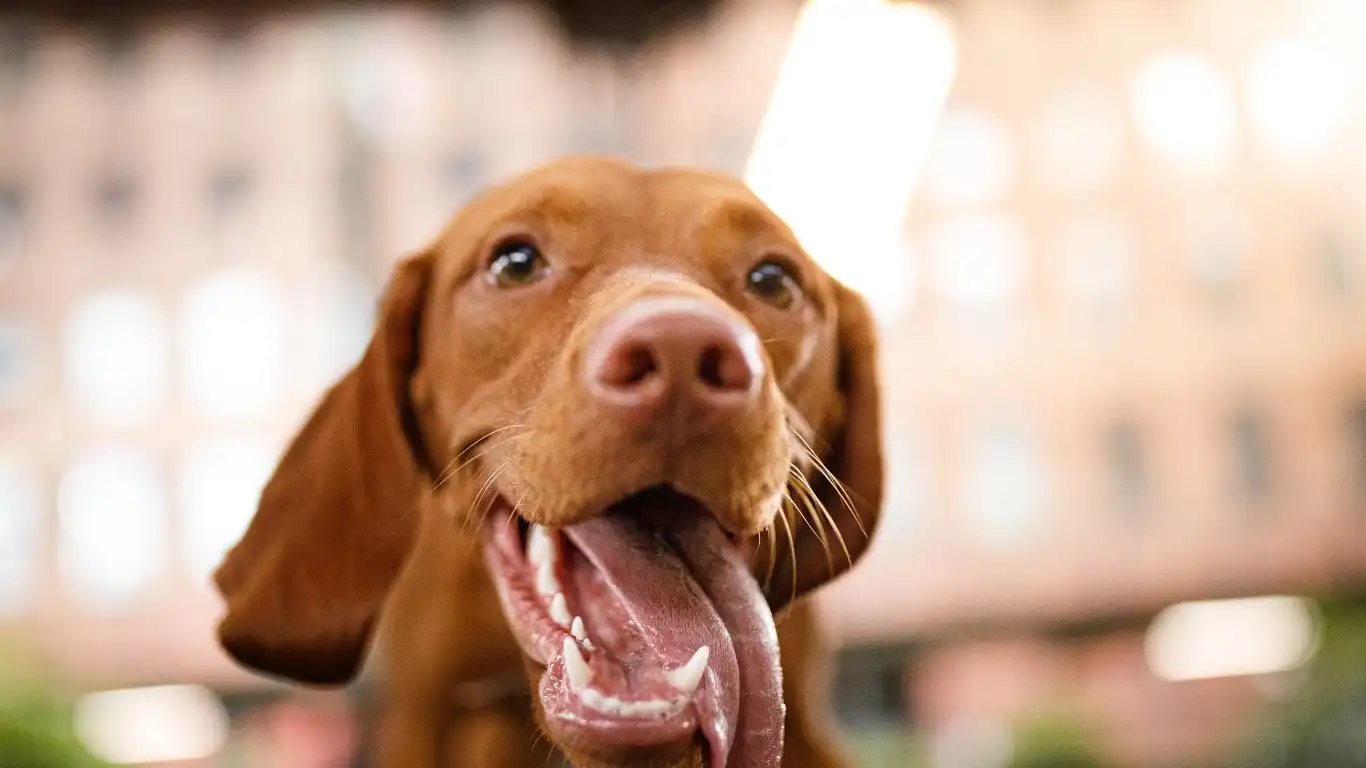
Once you’ve got a safe space established and you’ve started some gentle desensitization, it’s time to bring in a few training tools that I swear by. A lot of these I’ve used both in clinical behavior consultations and at home with my own crew of rescue pups. Let’s face it—dogs aren’t born knowing how to handle storms, but with the right guidance, they can learn to cope way better.
Counterconditioning for Calm Behavior
This is a fancy term for rewiring your dog’s emotional response to a storm. The idea is simple: pair something your dog loves with a situation they find stressful, so eventually, they feel less threatened by it. It’s actually kind of fun, and dogs catch on quickly when you stay consistent.
Here’s what’s worked best for my clients:
- Treat-and-Play Routine: Every time it thunders, give your dog a high-value treat or start a short play session. You’re literally saying, “Hear that boom? Let’s party!”
- Pre-Storm Prep: If your weather app says a storm’s coming, start the routine before your dog gets stressed. You’ll get ahead of the panic.
- Practice on Mild Days: Use light rain or distant thunder as training opportunities. This helps ease your dog into the process without overwhelming them.
Remember, this isn’t about distracting your dog from fear—it’s about helping them feel differently about the situation entirely.
Helpful Tools and Products I Recommend
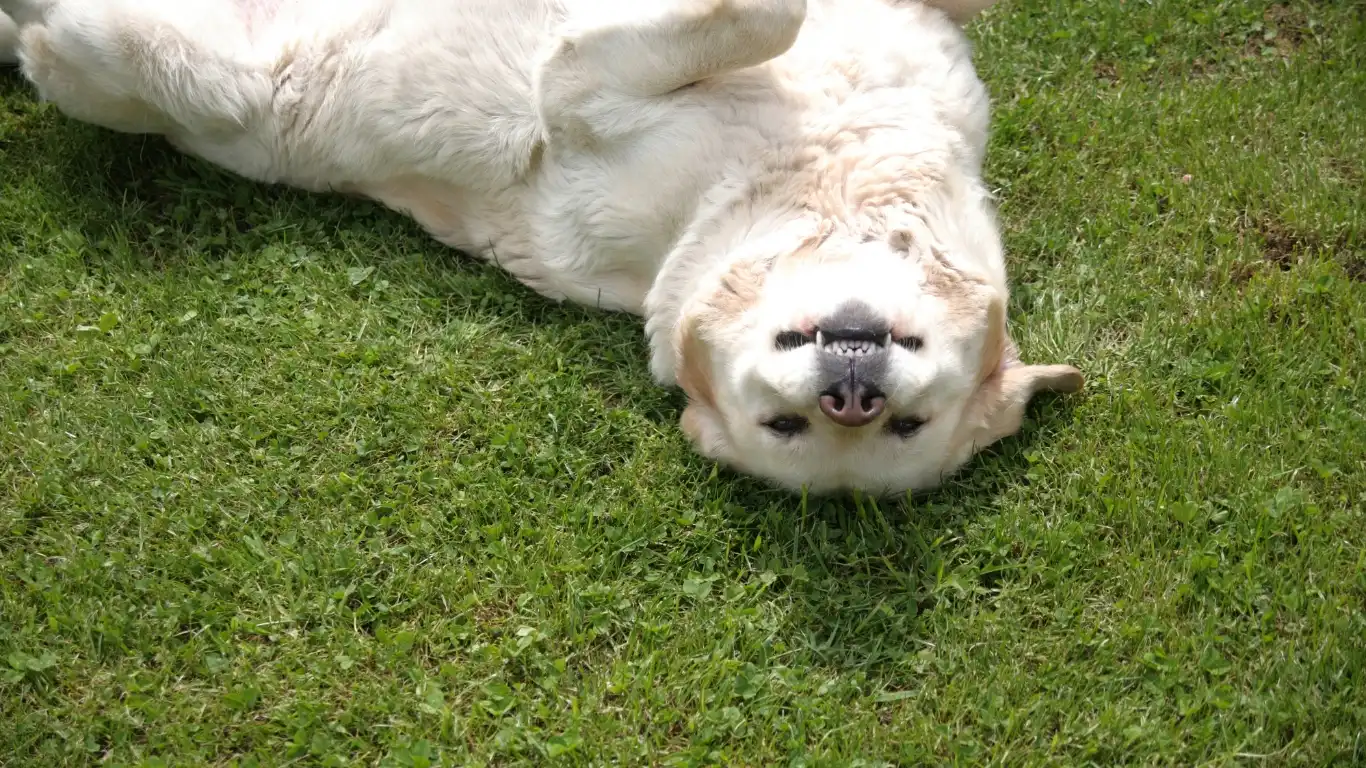
Over the years, I’ve tested a whole bunch of products on different breeds and personalities, and not all “anxiety aids” are created equal. Here are a few that have stood the test of time in my experience:
Top Tools to Support Storm Training
- Thundershirts or Calming Wraps: These snug-fitting garments apply gentle pressure that mimics a hug. I’ve seen them work wonders for medium-to-large breeds especially.
- Adaptil Diffusers: This plug-in releases synthetic dog appeasing pheromones that mimic the scent of a nursing mama dog. It sounds odd, but it’s backed by real science and many of my clients have noticed big improvements.
- CBD Treats (Vet-Approved Only): With the right dosing and a reputable brand, CBD can be a safe option for some dogs. Always run this by your vet first, though—I can’t stress that enough.
- White Noise Machines: These are especially great for apartment dogs or those sensitive to sound in general. Pair it with a cozy crate and you’ve got a calming little sanctuary.
Honestly, no single product is a magic fix. It’s about using the right combo that fits your dog’s unique personality, age, breed, and past experiences.
When to Ask for Professional Help
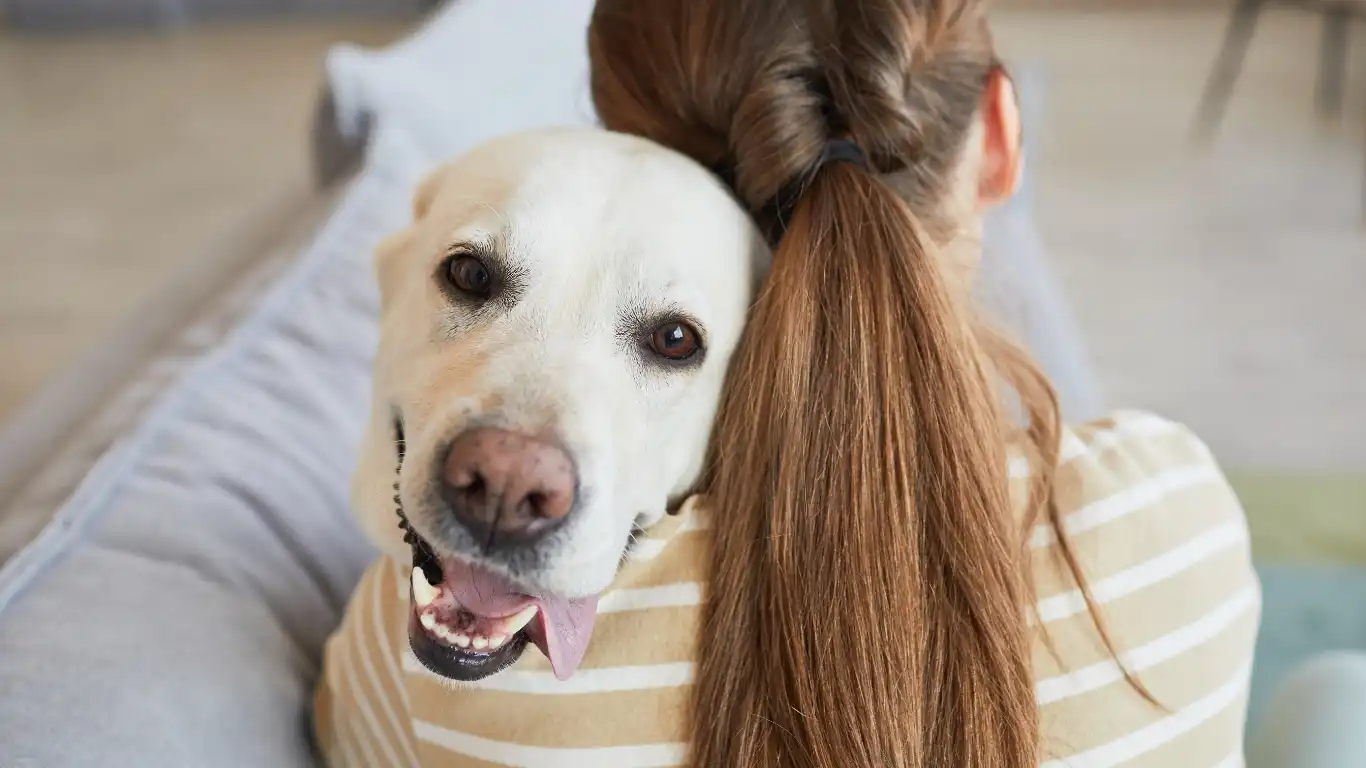
If your dog’s anxiety goes from nervous pacing to full-blown panic attacks—like trying to claw through walls or breaking out of crates—it’s time to bring in some backup. I’ve worked alongside some phenomenal veterinary behaviorists and trainers, and they can make all the difference when things get overwhelming.
What a Behaviorist Can Do
A veterinary behaviorist will dig into your dog’s full emotional and medical history, and may suggest a combination of behavior modification and short-term medication to reset your dog’s fear response. I’ve seen it work time and time again with even the most reactive or phobic dogs.
- Custom training plans tailored to your dog’s triggers and stress level
- Medication support (when necessary) to make behavior work more effective
- Realistic timelines to help you manage expectations
If you’re unsure where to start, talk to your regular vet—they can help refer you to a certified behaviorist or trainer who understands storm-specific anxiety.
Routine and Calm Energy: Your Secret Weapons
Okay, I saved this one for last because it’s so simple it often gets overlooked—but it’s crucial. Dogs thrive on predictability. Establishing a pre-storm routine and staying calm yourself sends a powerful message to your pup: “You’re safe. We’ve got this.”
Storm Prep Routine Example
- Close windows and draw the curtains
- Turn on soft music or white noise
- Lead your dog to their safe space with a treat
- Put on their Thundershirt or wrap
- Give a calming toy or long-lasting chew (like a frozen Kong)
And—this part is key—you need to stay chill, too. I’ve seen dogs mirror their human’s stress in a heartbeat. If you’re anxiously checking your weather app or flinching every time lightning flashes, your dog picks up on that. Instead, try acting like it’s just another night. Talk to them in a calm, cheerful tone. Maybe even sing a little. (I do. The dogs don’t seem to mind.)
Staying Consistent Through the Storm Season
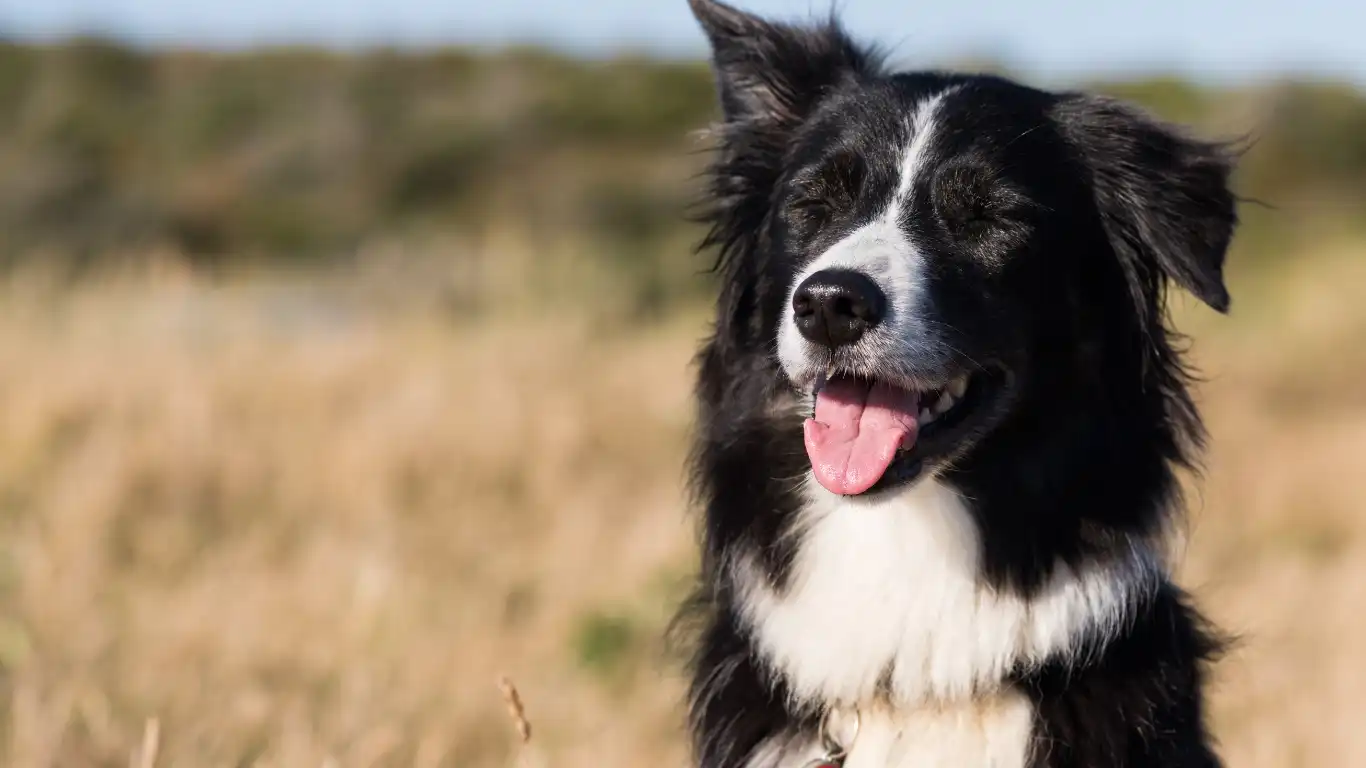
So you’ve started training, set up a cozy safe zone, maybe even found a Thundershirt your dog doesn’t mind—great! But here’s where the magic really happens: consistency. Just like with any behavior training, helping your dog stay calm during storms isn’t a one-and-done thing. It’s about showing up, day after day, and building trust that sticks around even when the thunder’s rolling in.
From my experience, the dogs that make the biggest progress are the ones whose humans treat storm desensitization like a regular part of their care—just like brushing teeth or feeding a balanced diet. No, it’s not always easy, especially during weeks when storms hit back-to-back. But every calm response, every treat during thunder, every peaceful cuddle in the storm den—it all adds up.
What If Progress Slows Down?
This is something a lot of pet parents ask me: “Bianca, why is my dog suddenly backsliding?” And honestly, it’s a fair concern. But setbacks are normal. A particularly loud storm, a bad day, or even just your dog being extra sensitive that week can throw things off.
Here’s what I always tell folks:
- Go back to basics: Reinforce the simple stuff—safe space, treats, calm voice.
- Don’t push too fast: If they’re regressing, scale back exposure and rebuild trust.
- Track progress: Keep a simple log of your dog’s reactions. It helps spot patterns and improvements you might not notice day-to-day.
Progress isn’t always linear, but if you stick with it, you’ll see the difference over time.
Nutrition, Gut Health, and the Anxiety Connection
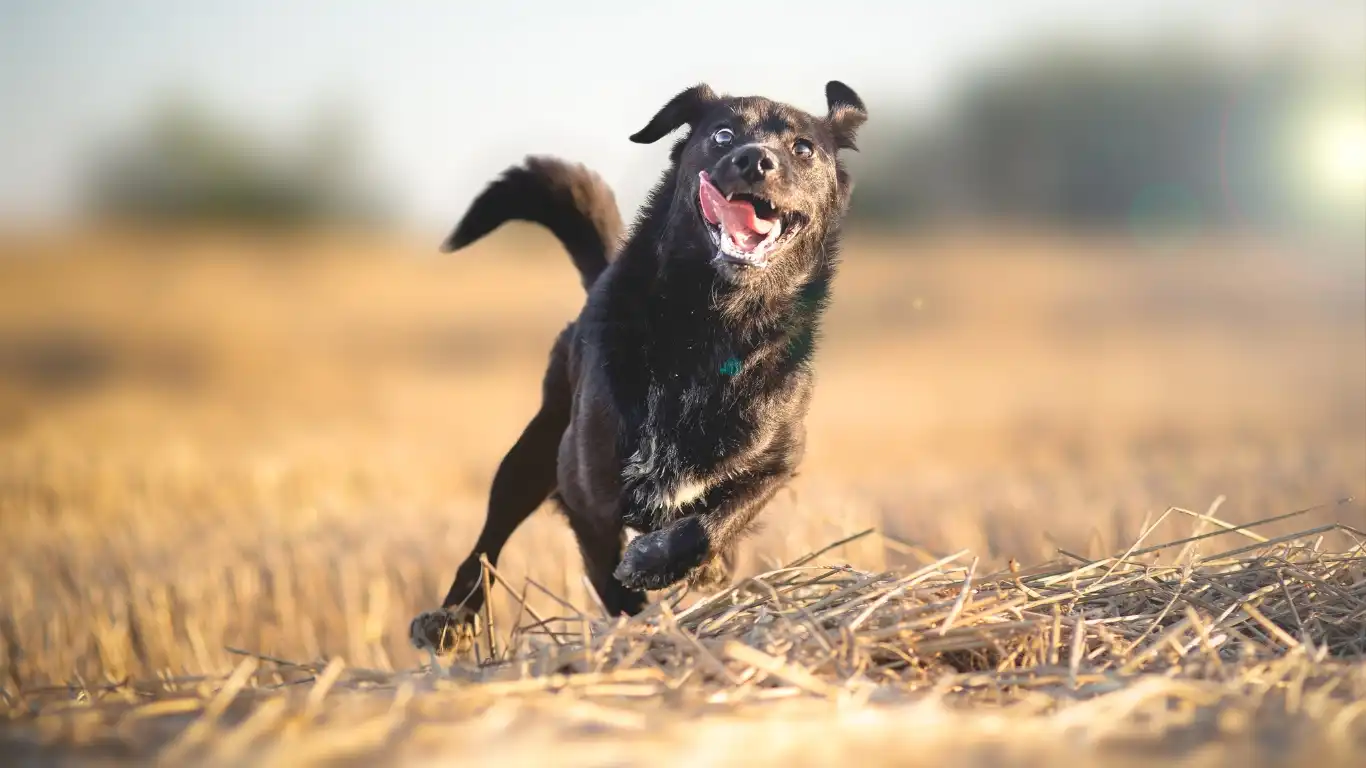
Alright, here’s where my nutrition background really kicks in—because yes, what your dog eats does impact their behavior. I’ve had clients totally overlook this part and then be blown away by how much calmer their dogs got with a few strategic dietary changes.
The Brain-Gut Link
There’s solid science behind the connection between gut health and mood. Just like in humans, a dog’s digestive tract produces neurotransmitters (like serotonin) that play a role in anxiety regulation. An upset gut or an imbalanced microbiome can increase stress reactivity.
Some things to consider:
- Omega-3s: Fatty acids from fish oil can reduce inflammation and support brain function. Great for anxious pups!
- Probiotics: Ask your vet about canine-specific probiotics. I’ve seen noticeable improvement in dogs who added these to their diet.
- Avoid artificial additives: Some dogs are sensitive to dyes or preservatives. Clean, whole-ingredient diets go a long way.
One of my storm-phobic patients, a Weimaraner named Luna, made a huge leap in her behavior after we adjusted her diet to a lower-carb, higher-protein plan with calming herbs like chamomile and valerian. Combined with training, it helped her settle faster during storms—no more trembling for hours.
Trust Building & Emotional Safety
This might sound a little “woo,” but I promise it’s rooted in experience: your dog needs to feel emotionally safe with you before any of this training sticks. If your dog sees you as their steady anchor, they’re more likely to look to you during a scary moment instead of going into full panic mode.
Ways to Strengthen the Bond
- Quality one-on-one time: Walks, snuggles, grooming—whatever makes your pup feel secure and seen.
- Speak calmly and clearly: Storm or no storm, your voice should be the cue for “everything’s okay.”
- Reward calm behavior: Don’t just wait for the storm. When your dog lays quietly during loud sounds on TV or remains calm during fireworks, reward that too!
In the vet world, we call this co-regulation—when you help regulate your dog’s nervous system by staying regulated yourself. Honestly, it’s one of the most powerful tools you’ve got.
References & Recommended Resources
- American Veterinary Medical Association (AVMA)
- Cornell University College of Veterinary Medicine
- Fear Free Pets
- American Society for the Prevention of Cruelty to Animals (ASPCA)
These sites are solid resources for everything from behavioral science to nutrition insights and anxiety support strategies. I’ve leaned on them for years in both clinic work and client education.
Disclaimer
This article is based on my personal and professional experience as a Veterinary Technician/Nurse specializing in canine nutrition and behavior. It is meant for educational purposes only and should not replace advice from your veterinarian or a certified behaviorist. Always consult a professional before starting any new treatment or training program, especially if your dog has severe anxiety or underlying health conditions.
